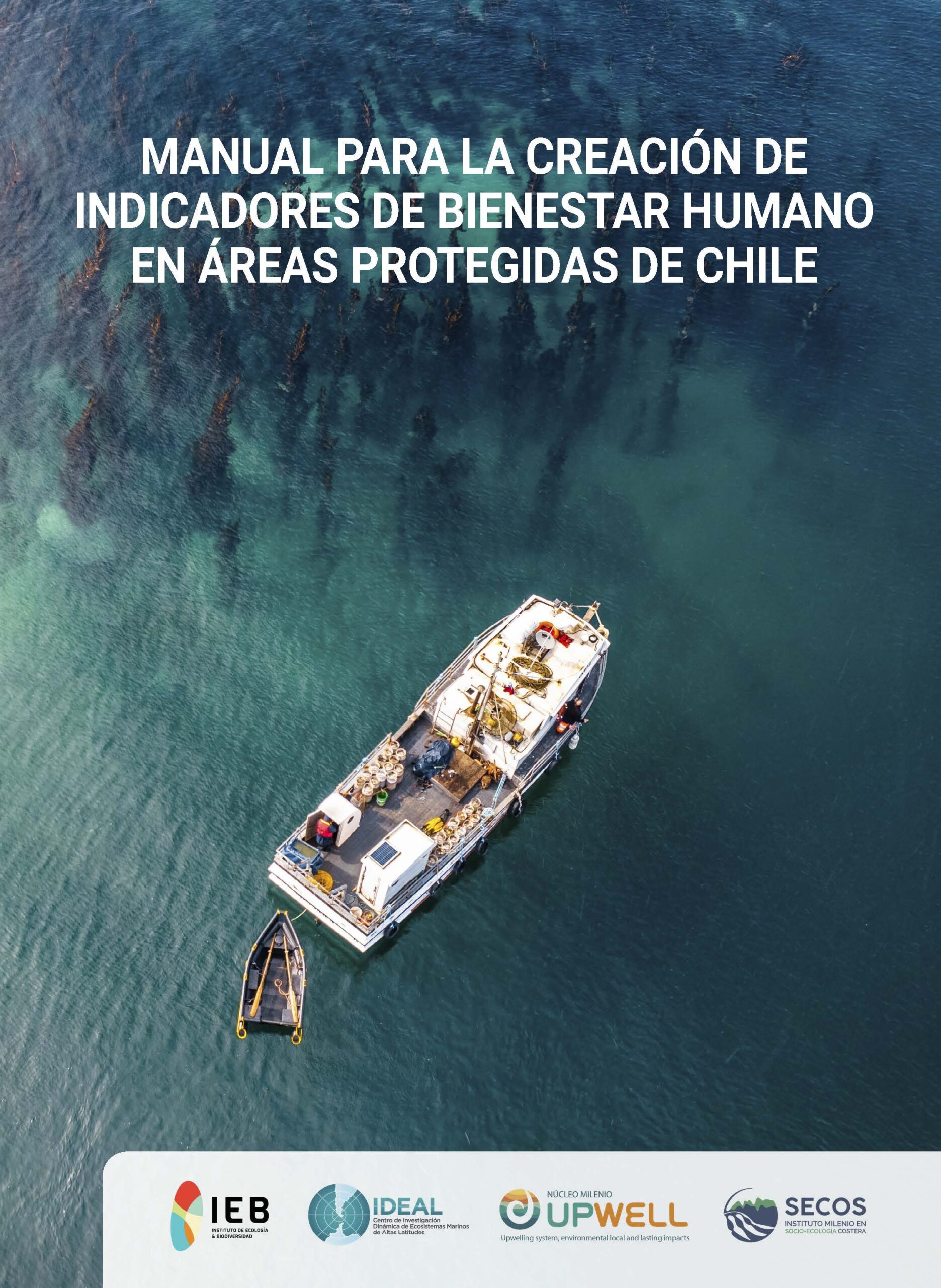22 May Researchers launch manual to integrate human well-being into protected area planning
Researchers from the IDEAL, IEB and SECOS centers presented the «Manual for the creation of Human Well-being indicators in Protected Areas in Chile», a collaborative effort that provides a practical guide for the selection of human well-being indicators applicable to different realities of nature conservation within protected areas (public or private) in Chile.
Increasingly, protected areas, both private and public, need to demonstrate their contribution to local wellbeing, beyond the intrinsic value of the biodiversity they protect. This requires indicators of human well-being to monitor the contribution of protected areas. As the importance of protected areas has become increasingly evident, so has the need to generate rigorous indicators of human well-being for these areas. Such indicators can help to better understand the social and economic impacts of protected areas, as well as to monitor their progress towards national conservation goals.
Therefore, co-authors Kelly Biedenweg, Associate Professor at Oregon State University and Fulbright Chile Fellow at IDEAL Center; María José Martínez-Harms, researcher IEB, CiiCC-UST and SECOS; and Laura Nahuelhual, researcher at Universidad de los Lagos, SECOS and IDEAL, developed the Manual for the Creation of Human Well-being Indicators in Protected Areas in Chile, which provides a step-by-step guide for the selection and application of effective indicators of human well-being in the planning of protected areas, both public and private.
«The management and administration of state protected areas is fundamental to guarantee the conservation of forest and xerophytic ecosystems in order to face the climate crisis and provide goods and services to the community. In effective management, it is essential to include human well-being as a key component,» says CONAF’s executive director, Christian Little.
Thus, the manual provides certain recommendations such as, for example, that the creation of BH indicators should be developed in a participatory manner, involving stakeholders and local communities (both winners and losers), to ensure that human well-being indicators are context specific and reflect the needs and values of the people living in and around the PA. In addition, the document mentions other practical aspects such as the importance of having someone from the planning team dedicated to the creation and application of indicators or that BH indicators should be conceptually valid, measurable, and should respond to management and reporting needs so that they are easy to communicate to stakeholders and the general public, among other points.
«The creation of BH indicators is an important step towards promoting conservation practices that prioritize both the well-being of biodiversity and that of local communities living in and around PAs. This manual provides a step-by-step guide for planners to create comprehensive and context-specific PA indicators at any stage of management plan implementation. The application of this manual could inform PA decision-making processes and policy development, leading to better conservation outcomes and potentially improving BH, especially when integrated into adaptive management processes,» the authors explain in the manual
The launch was attended by María José Martínez, PhD in Biodiversity Conservation Sciences, who presented the manual, which was later commented on by Francisco Araos, anthropologist and academic at the Universidad de Los Lagos. In addition, a round table discussed the different aspects included in the manual, in which the authors participated, together with the Executive Director of the National Forestry Corporation (CONAF), Christian Little.
Check out the manual here:



